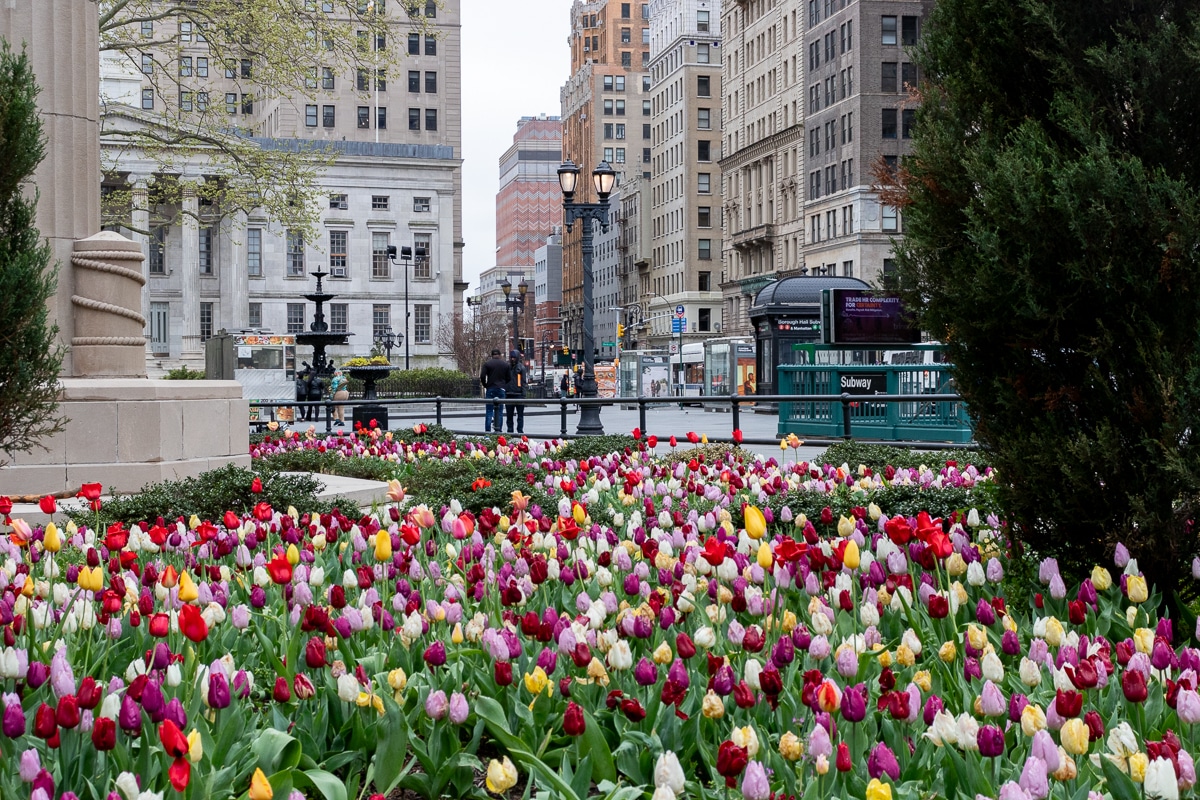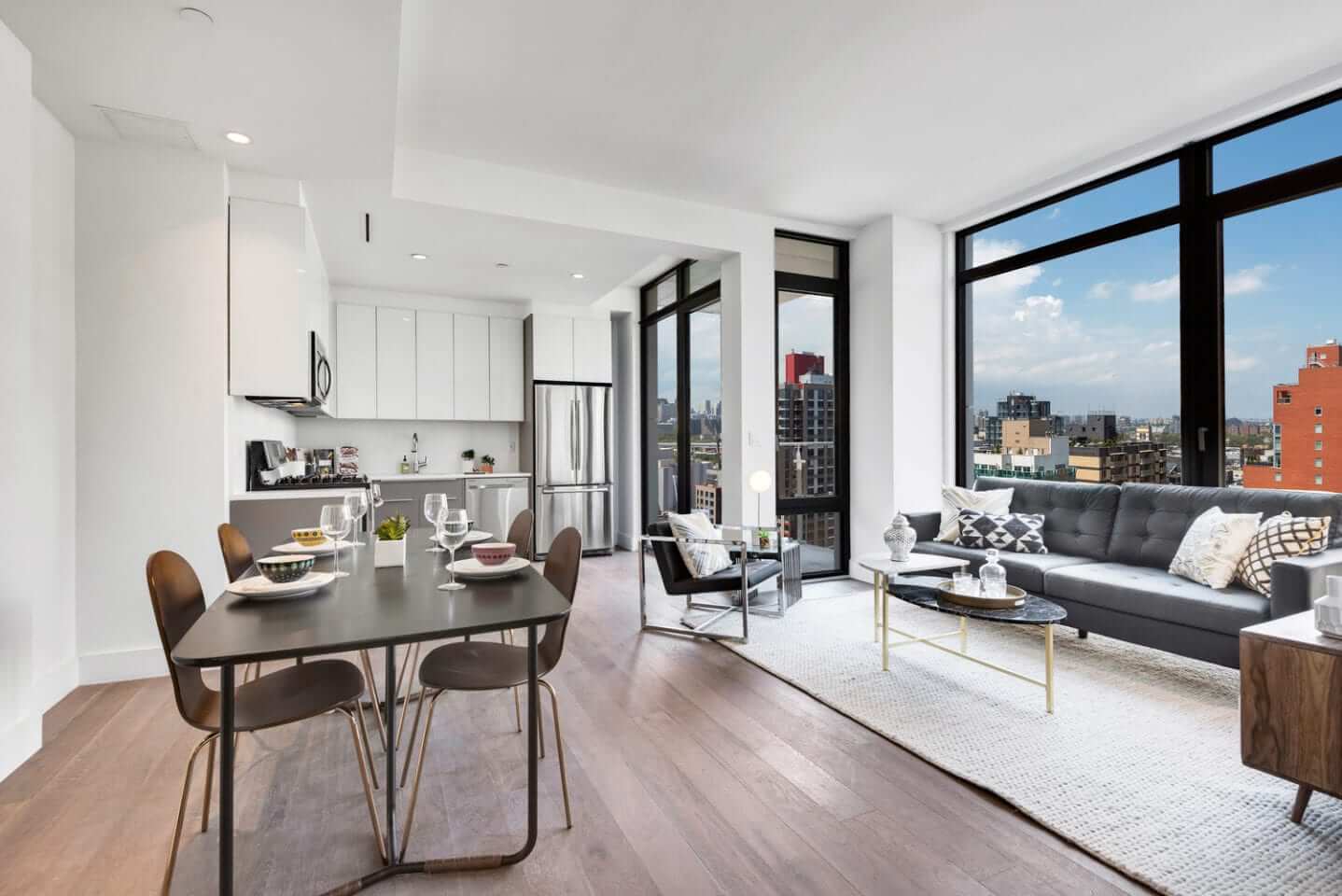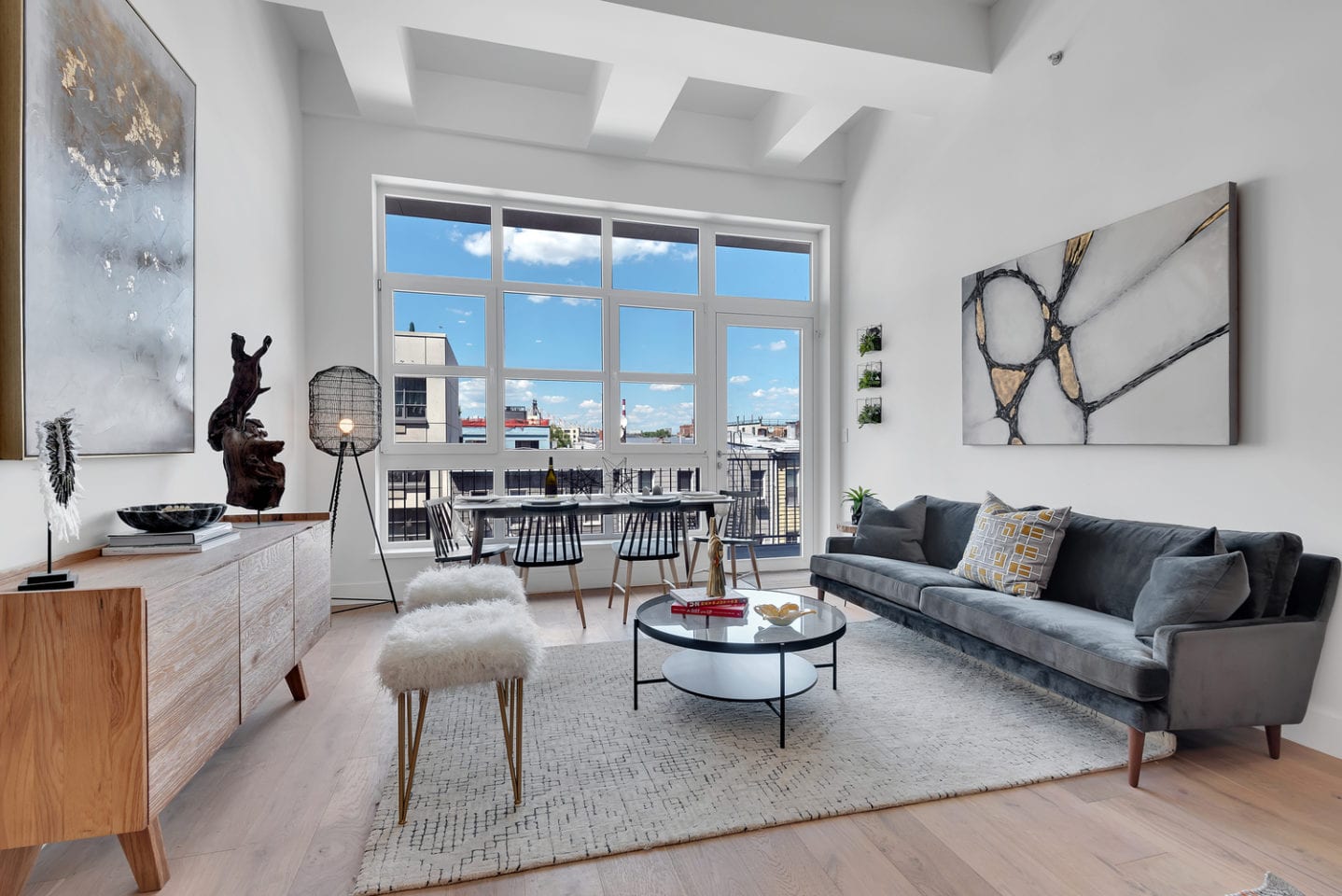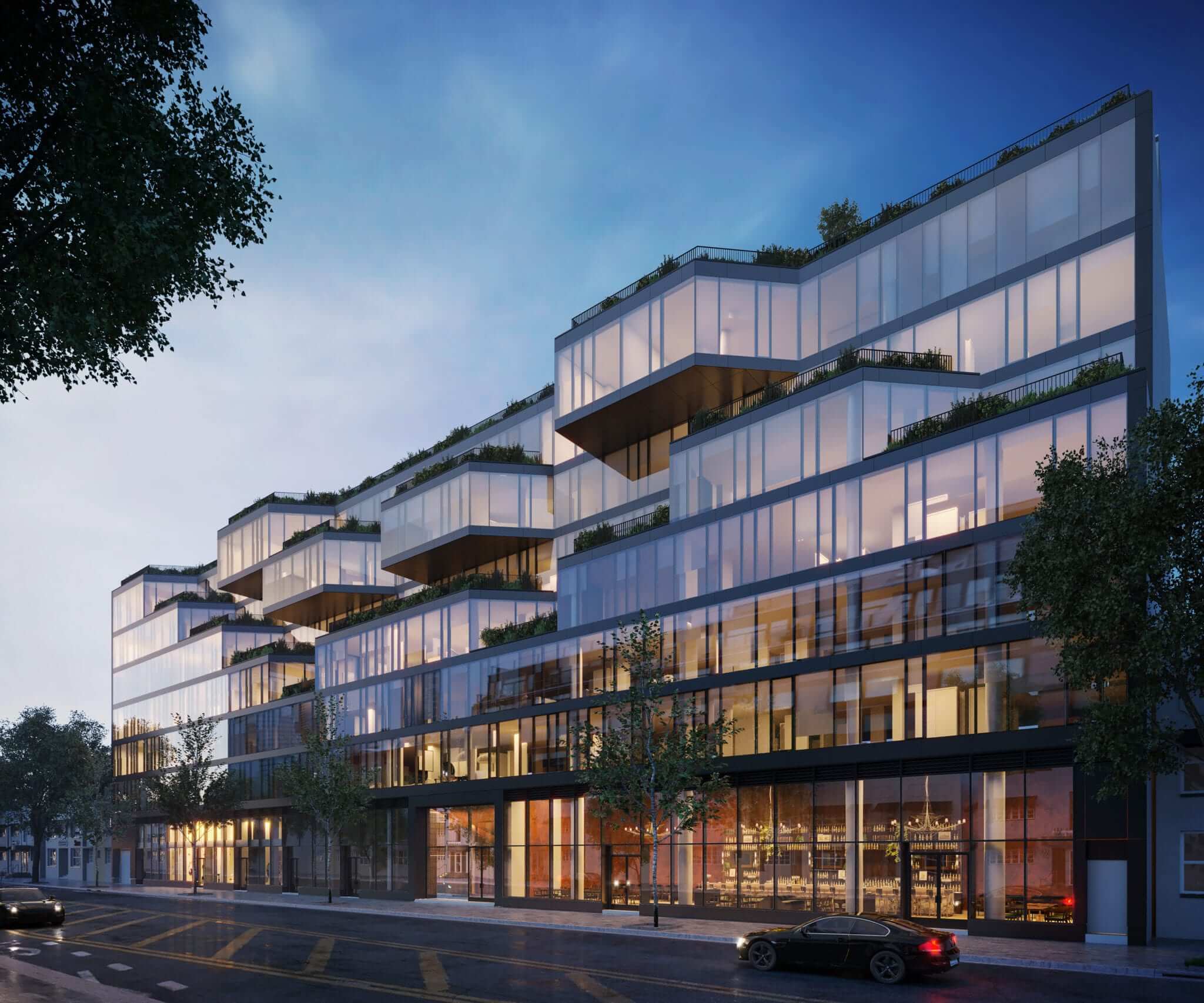The Color-Coded Street Signs of Jamaica
Between the 1950s and about 1985, New York City employed a handy color-coded street sign scheme. If there were any doubt, you always knew what borough you were in by the color of the street signs. In the 1950s, street signs employed by the then Department of Traffic were enamel and metal. In the Bronx,…

Between the 1950s and about 1985, New York City employed a handy color-coded street sign scheme. If there were any doubt, you always knew what borough you were in by the color of the street signs. In the 1950s, street signs employed by the then Department of Traffic were enamel and metal. In the Bronx, they were white type on a blue field; Brooklyn, white on black; Manhattan and Staten Island, black on gold; and in Queens, it was the reverse of the Bronx, with blue type on white. (In addition, there were Manhattan and Bronx signs in use from the mid-teens until the 1960s that were white on navy blue.)
In 1964, all the signs were replaced with larger ones made of vinyl, attached to posts with a metal bracket. These were used until the mid-1980s when the U.S. government mandated white on green highway signs for better visibility, though several neighborhoods in Manhattan have managed to get around the mandate.
In Jamaica, the whites were duly replaced with the greens, although between about 150th Street and 168th there was a group of specialized lamppost/stoplight combinations that had special slots for street signs — and there many of the old white signs remained, peeling and chipping away, before they, too, were swept away in 2011 by new posts that are imitative of the original Whitestone Bridge lampposts.
As of early this year, a group of four of the older posts could still be found at Jamaica Avenue and Parsons Boulevard, still sporting the 1964-vintage white signs.
Kevin Walsh’s website is forgotten-ny.com








What's Your Take? Leave a Comment